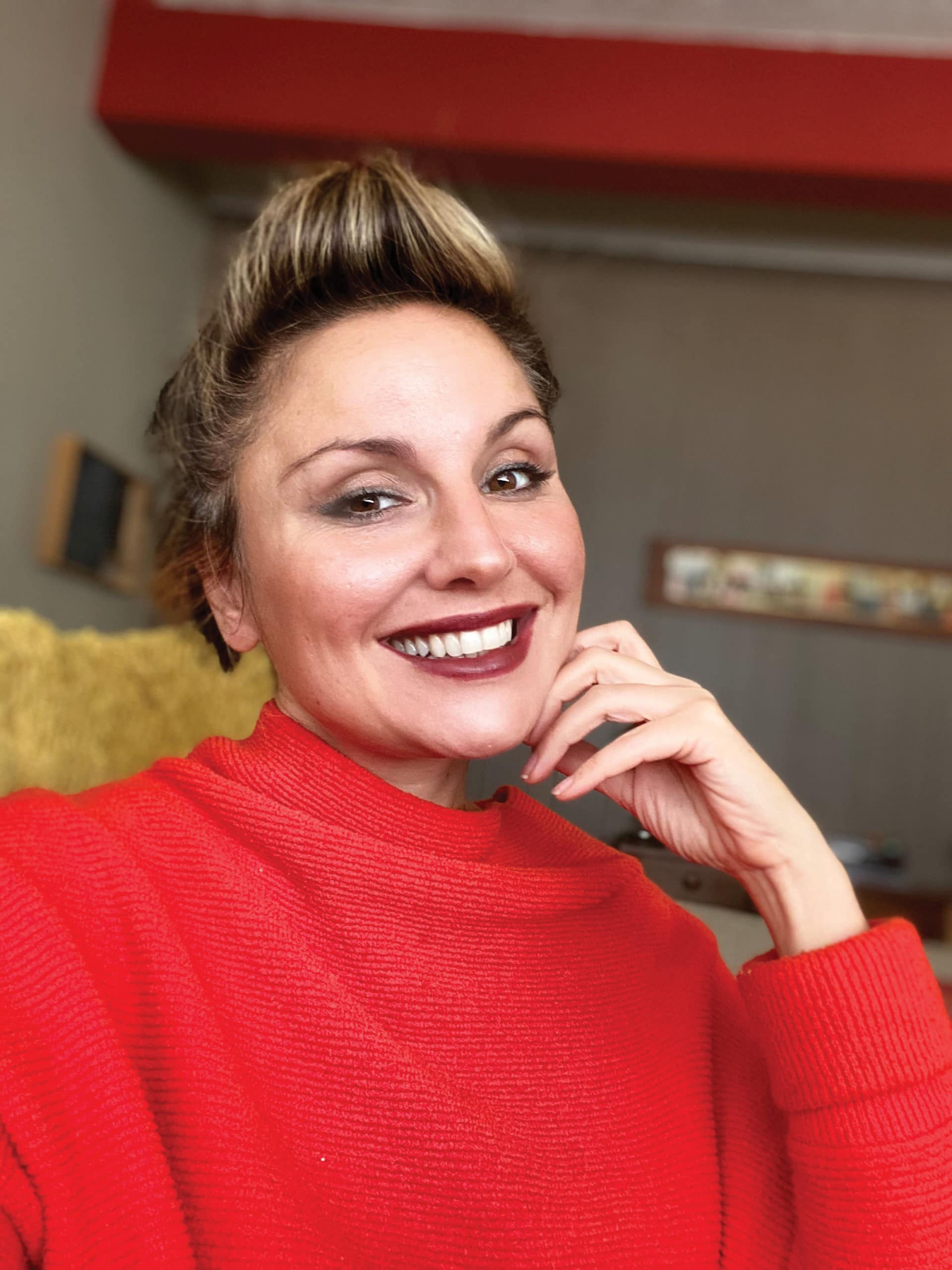Halloween season is upon us, and streets will soon be filled with ghouls and monsters roaming neighborhoods for free candy. Any parent knows children love this time of year, some even more so than Christmas. As Carl Jung so astutely pointed out, “Everyone carries a shadow, and the less it is embodied in the individual’s conscious life, the blacker and denser it is.” In fact, there is no story of humanity without the story of its shadows.
Even in a biblical narrative, Christ himself cannot fulfill his messianic destiny without the betrayal of his beloved apostle Judas. In the words of Mikhail Bulgakov, “What would your good do if evil didn’t exist, and what would the earth look like if all the shadows disappeared?” Let’s take a moment to honor the sacred tradition of what I call the collective exorcism. An annual ritual of self-cleansing, as performed on the night of the harvest moon all throughout the ages and cultures. Let’s recognize the healing powers of such practices, so we may truly embody our shadows on the night of the pumpkin king and walk in light again at dawn.
Research shows that experiencing terrifying things from a safe distance allows us to practice managing intense emotions and generates feelings of elation and pleasure. Telling ghost stories or dressing up as shadow archetypes allows us to experience dark aspects of ourselves in a culturally acceptable format, thus allowing us a bridge and an acquaintanceship with darker parts of ourselves. In so doing, we bring into the light of consciousness that which is normally hidden and repressed from our psyche. As per psychoanalytic theorists such as Freud and Jung, repressed feelings and desires have a life of their own. Independent of our consciousness, they have the power to wreak havoc on our lives and relationships. Unchecked, we unknowingly act out our shadow impulses without understanding what is controlling us. The more unaware and unacquainted we are with the dark aspects of ourselves, the more destructive the shadow becomes. Without allowing ourselves to explore these parts safely within ourselves, we become the puppets of the shadow that lives within.
Humor provides a sense of safety and distance from disturbing experiences, and so does a safe setting, such as a familiar home or a group of friends. It’s all fun and games to roam the dark streets in packs, but not quite the same to be roaming them alone. One can watch a scary movie, but it’s not quite the same as being alone watching it in a strange cabin in the woods. And yet, something deep within us is compelled to witness: What is that thing behind the curtain or under the bed? What is it like to be lost in a deep dark forest? These images represent millennia of collective narratives that are passed down from generation to generation, the visceral trauma that has traveled across the ages and even species. It is the fabric that makes up the totality of our survival story. And like all important stories, these stories must be told and re-enacted.
The thrill of danger informs our imagination, creativity, and expression. Children’s minds ignite when they’re compelled to embody forbidden characteristics. We are not allowed to be murderous when our parents limit us, but at Halloween we can become a homicidal doll that can act out any number of dark fantasies. How exciting and freeing is then the sensation of such permission without punishment. When we experience such freedom, we are able to feel integrated and rid ourselves of perverse compulsions in real-life settings.
Neuroimaging reveals that parts of the brain associated with emotional, visual, and auditory processing are more active when we are experiencing fear in the above-outlined settings. This boosts the production of adrenaline and endorphins, which are pleasure chemicals in the brain. After such a boost in adrenaline, the nervous system downregulates to reboot itself, thus providing a semi-euphoric sensation, and with this emotional depletion comes a sense of satiation. Interestingly, it’s also been shown that what we find most terrifying is that which is not fully revealed; that which is partially hidden that creates a feeling of anticipation. Here our imagination fills in the gaps, conjuring up ideas that are uniquely terrifying to the individual himself. In the words of the brilliant Edgar Allan Poe, “All that we see or seem is but a dream within a dream.” Thus, when we let our imagination inhabit terrors, we are less likely to live in a nightmare. spt







Comments